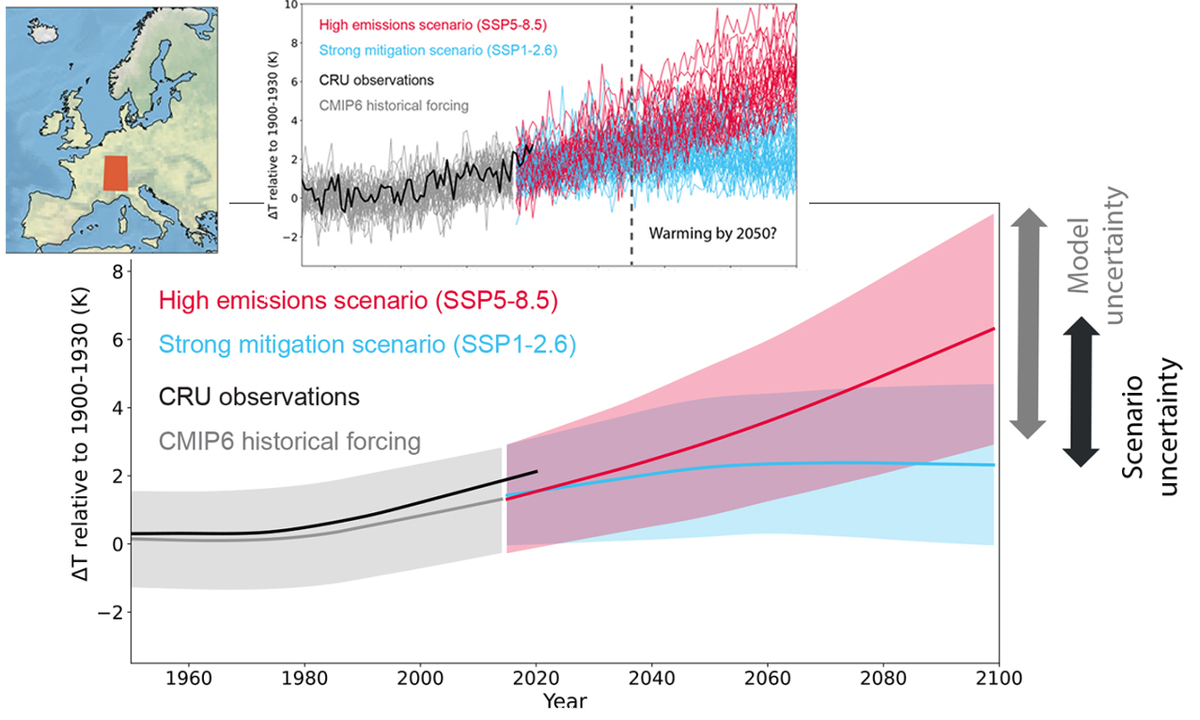Opinion: a machine learning perspective on emergent constraints for climate change
Global climate change projections are subject to substantial modelling uncertainties. Any attempt to establish robust relationships between the observable past and simulated future will be hampered by the non-stationary nature of the climate system. In the journal Atmospheric Chemistry and Physics, Peer Nowack and his US colleague Duncan Watson-Parris highlight the validation perspective of predictive skill in the machine learning community as a promising alternative viewpoint.
The scientists argue for quantitative approaches in which each suggested constraining relationship can be evaluated comprehensively based on out-of-sample test data – on top of qualitative physical plausibility arguments that are already commonplace in the justification of new emergent constraints. Building on this perspective, they review machine learning ideas for new types of controlling-factor analyses (CFAs). The principal idea behind these CFAs is to use machine learning to find climate-invariant relationships in historical data which hold approximately under strong climate change scenarios.
On the basis of existing data archives, these climate-invariant relationships can be validated in perfect-climate-model frameworks. From a machine learning perspective, both argue that such approaches are promising for three reasons: (a) they can be objectively validated for both past data and future data, (b) they provide more direct – and, by design, physically plausible – links between historical observations and potential future climates, and (c) they can take high-dimensional and complex relationships into account in the functions learned to constrain the future response.
Nowack and Watson-Parris demonstrate these advantages for two recently published CFA examples in the form of constraints on climate feedback mechanisms (clouds, stratospheric water vapour) and discuss further challenges and opportunities using the example of a rapid adjustment mechanism (aerosol–cloud interactions). They also highlight several avenues for future work, including strategies to address non-linearity, to tackle blind spots in climate model ensembles, to integrate helpful physical priors into Bayesian methods, to leverage physics-informed machine learning, and to enhance robustness through causal discovery and inference.

